The Saint-Saëns opera is a vocal and visual treat to close out the season
Closing Opera Colorado’s 41st season is the production of Camille Saint-Saëns’ Samson et Delila. This opera, which hasn’t been to the Ellie Caulkins Opera House since 1987, endures not because of any outstanding dramatic composition, but because of its musical beauty. The production is an oratorio feast, despite not striking a corresponding number of dramatic sparks.
The opera is a biblical account of a fateful love affair, set against the backdrop of enslaved Israelites and their Philistine oppressors. The Hebrews fear Jehovah has abandoned them, an idea that the Philistine governor Abimelech (Christian Zaremba) encourages until Samson (Rafael Davila) incites the Hebrews into an uprising. Then enters Delilah (Katharine Goeldner), who attempts to seduce Samson away from his leadership of the Israelite uprising. Although cautioned repeatedly by the old Hebrew (Turner Staton) to steer clear of Delilah, Samson and his vulnerable and tender heart are most definitely intrigued.
Samson leads the Hebrews to conquer the Philistines, much to the dismay of the High Priest of Dagon (Nmon Ford). The High Priest encourages Delilah to seduce Samson, learn the secret of his strength and capture him. Because of her loyalty to her gods and hatred for the Hebrews, she is more than willing to oblige. When Samson comes to bid farewell after the successful Hebrew revolt, Delilah uses her wily ways to learn his secret, capture him and put him in the dungeon.
The opera ends during a wild Philistine Bacchanale when Samson offers his life in sacrifice to Jehovah by destroying the temple and crushing his enemies. Keturah Stickann’s stage direction and Peter Dean Beck’s set design for the final scene is fabulous. I gasped along with the rest of the audience and then cheered as the curtain fell.

Rafael Davila as Samson and Katharine Goeldner as Delilah in ‘Samson & Delilah’ at Opera Colorado | Photo: Matt Staver
Performances both menacing and floor-shaking
During Act One, Zaremba’s resonant Abimelech is a delightful complement to Staton’s sonorous Old Hebrew. Staton delivers floor-shaking low notes and makes an uncompromising counter to Samson, whom he tutors and berates. Nothing prepares you, though, for the menacing and authoritative performance by Ford as the High Priest. Ford is captivating with an evil-intentioned darkness across his range, effortlessly embracing top notes.
Davila is a potent tenor with a smooth voice and a commanding presence on stage. He soundly delivers “Arrêtez, ô mes frères!” and intensely inspires the Hebrew revolt with “Israël! romps la chaîne!” Samson influences the Hebrews to revolt solely through song, though. I found that there is a lack of outstanding displays of Samson’s strength until the very end.
The Philistine Ladies Chorus are polished during “Voici le printemps,” generating plenty of solid and well-tuned choral sounds. A hearty “well done” goes out to chorus master Sahar Nouri. The feverish and sexually charged choreography of the “Dance of the Priestesses of Dagon,” directed by Rachel Harding, is performed effortlessly.
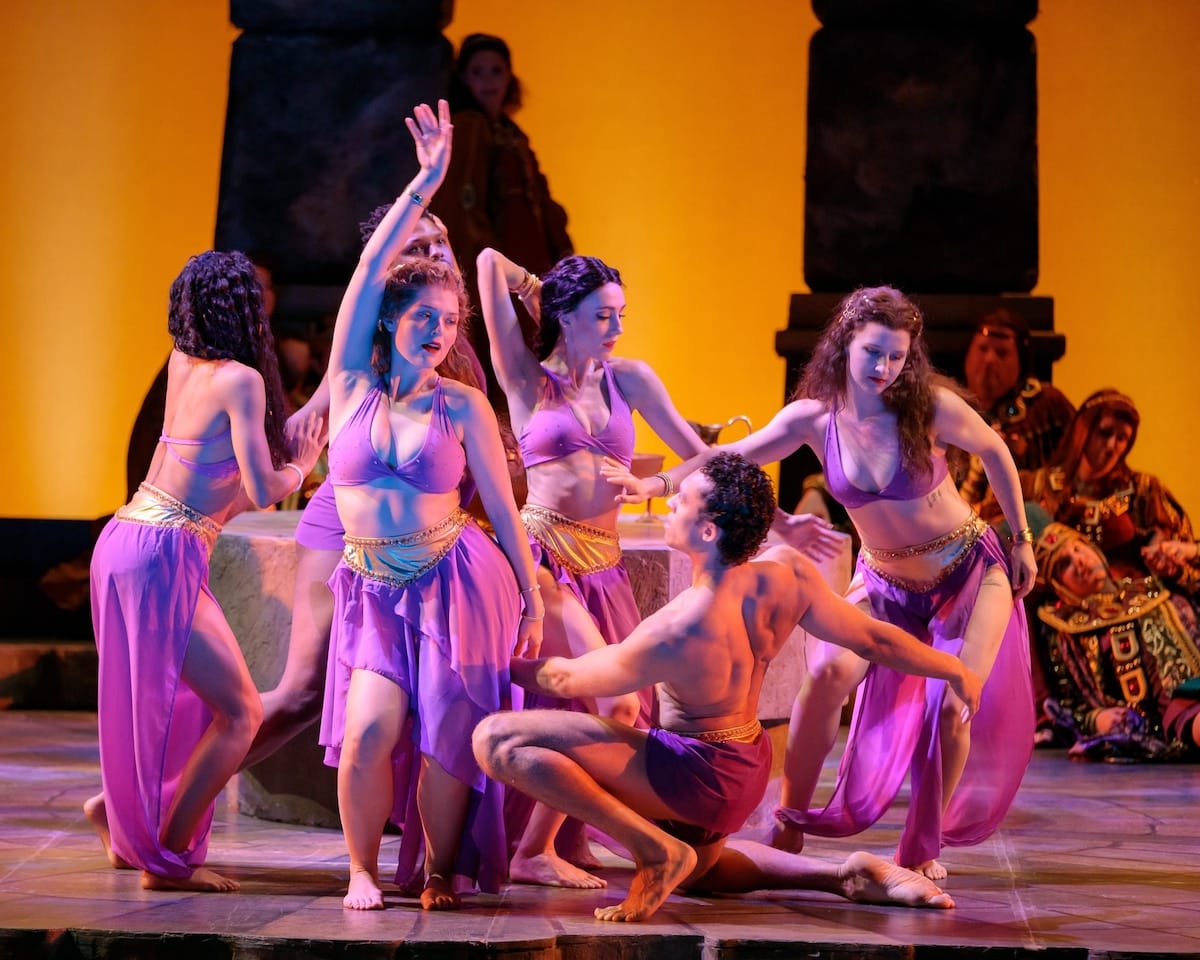
A scene from the bacchanale in ‘Samson & Delilah’ | Photo: Matt Staver
Light on seduction
Goeldner as Delilah is an assured actor and sounds sumptuous throughout her performance. She is passive in Act One, however, seldom conveying Dalilah’s heat and intensity even during “Printemps qui commence.” During the keyed-up love scene in Act Two, which is the focal point of the opera, Goeldner is a little more sultry and purposeful, bringing more emotion to the aria, “Mon coeur s’ouvre à ta voix” next to Davila’s epically tortured Samson.
Delilah’s realization that cutting Samson’s hair renders him helpless is a crucial moment of the Old Testament story. In the opera, unfortunately, this revelation happens offstage, unsung.
Act Three outshines the others with poignant lights on Samson in the Gaza dungeon during scene one. Samson turns the millwheel blinded, in shackles and with shorn hair as he prays for his people who suffer for his sin.
The wild Bacchanale during scene two is engulfed in movement at the Temple of Dagon where the Philistines prepare a sacrifice to celebrate their victory. Harding’s choreography shines here with the fluid movement of everyone on stage. It’s a sheer delight. The vibrant costumes in this scene, from Sarasota Opera Association, Inc., are brought to brilliant life with the lighting design by J. Isadora Krech.
Beck’s set throughout is lush, yet lean and streamlined without distracting clutter. Krech’s lighting was imaginative and appropriately dark during the tortured scenes with the Hebrews and Samson.
At the indispensable center of the production is conductor Ari Pelto and the Opera Colorado Orchestra. Pelto’s position is perfect. He can see both the performers on stage and the orchestra below. He masterfully balances the orchestral sound levels – which are substantial, but not overwhelming, – with the songs of the performers. The orchestra delivers a wonderfully melodious score.
Samson and Delilah is well done and enjoyable, especially the third act. The performers, scenery, lighting, costumes and the magnificent orchestra all play their parts in making this opera a visual and vocal delight. I only wish that a bit more passion came through. I understand that a singer must be careful not to overplay Dalilah as a stock seductress, but the number of dramatic sparks between characters falls a bit short.
Susan D. Harper is a technical writer located in Broomfield. She writes technical docs by day and short stories, flash fiction and a barely started novel by night. When she's not writing, she plays the piano, hikes, bikes, travels and chases after Lemon, her Italian Greyhound. www.instagram.com/sharper100

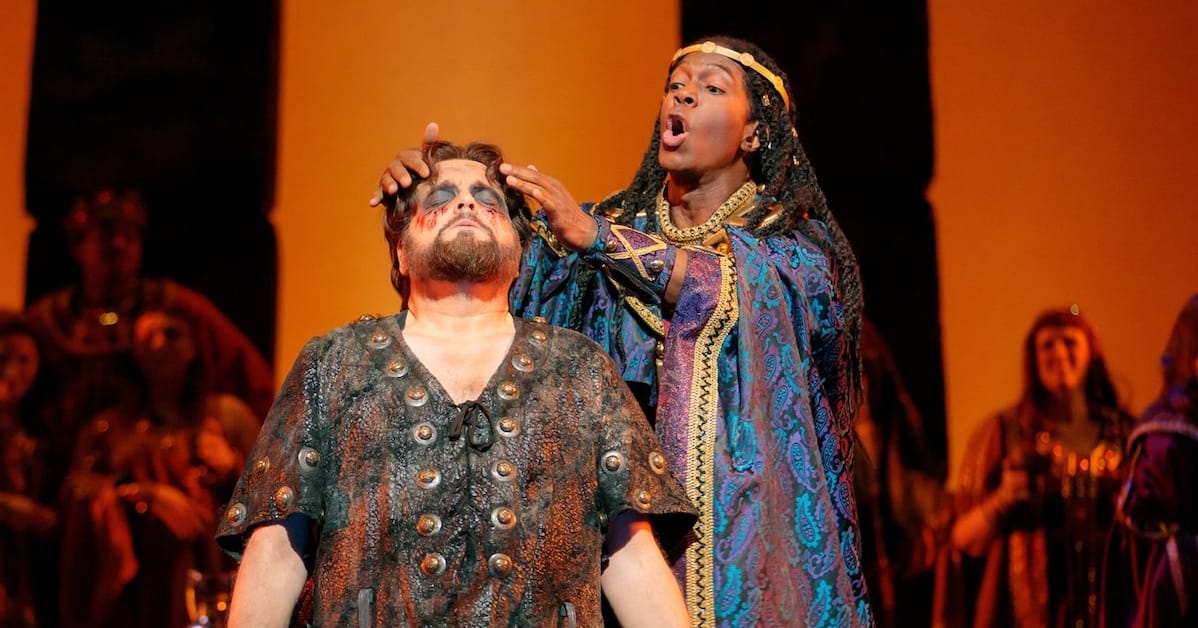
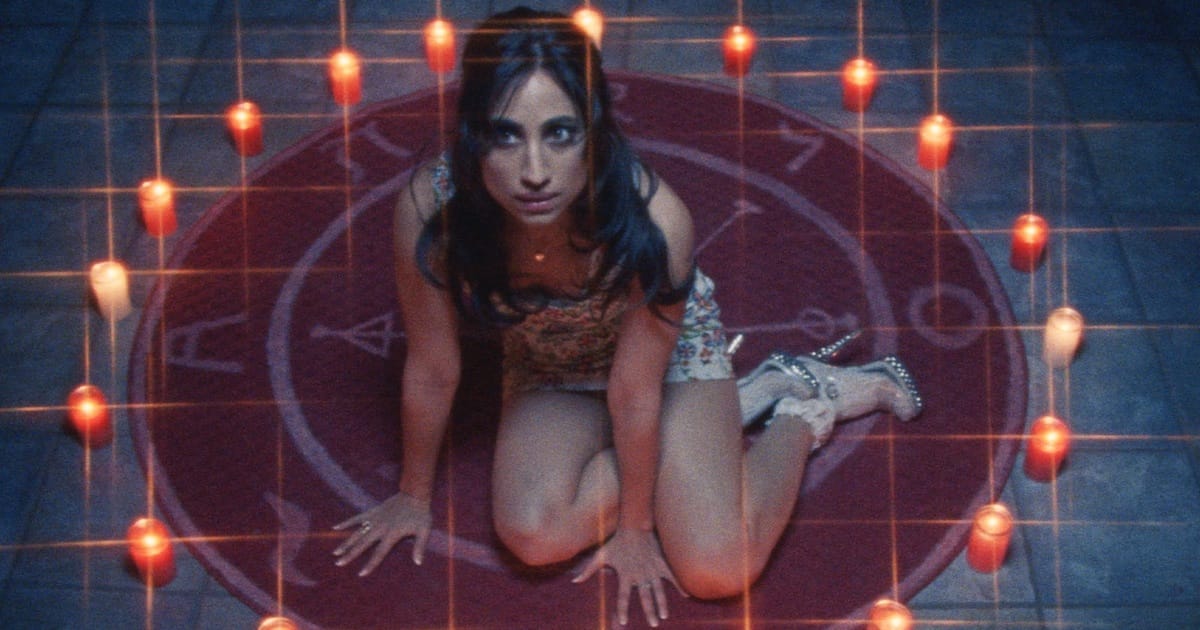
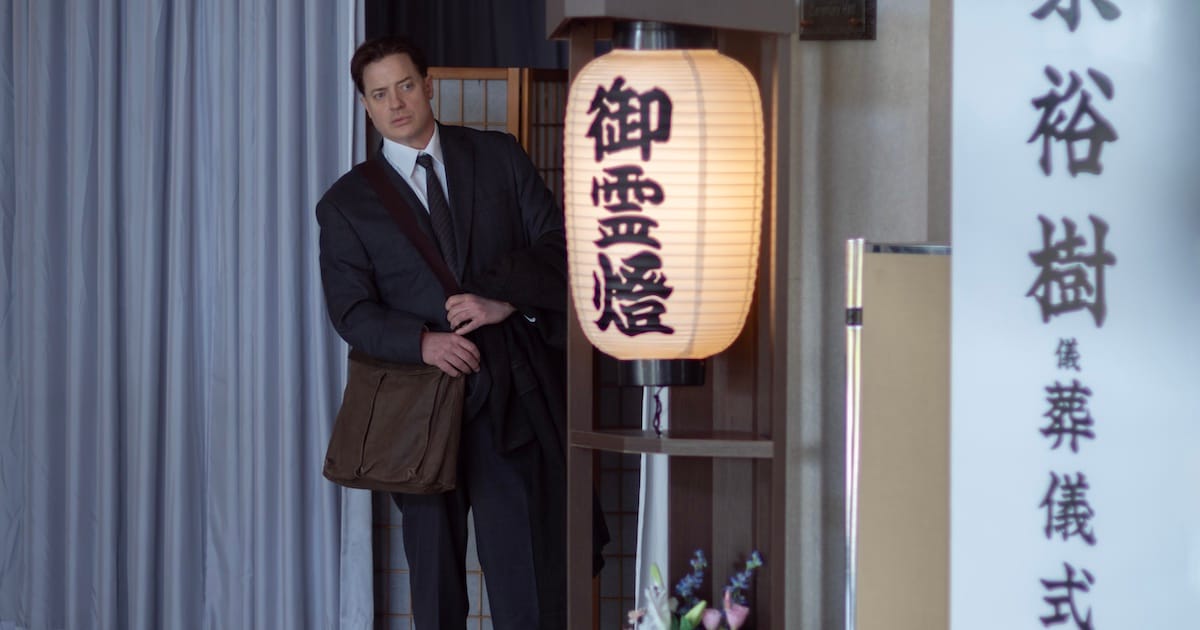

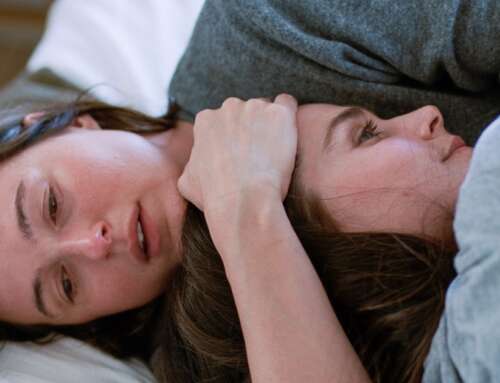
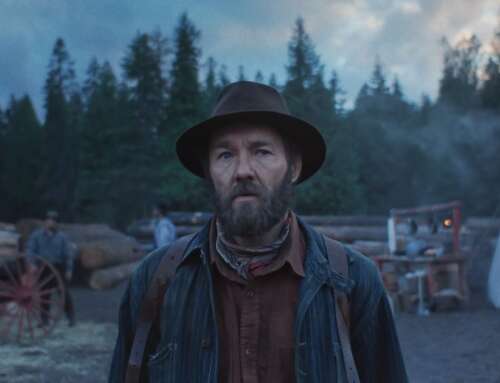
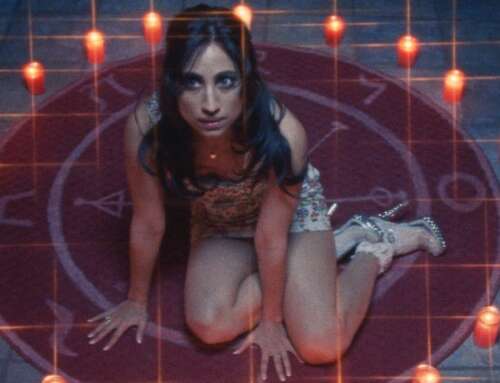
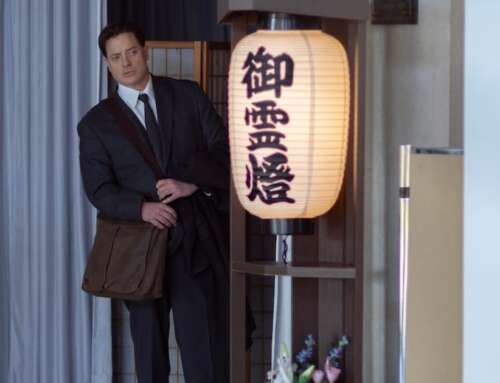

Leave A Comment